Necessary materials
1. The finished mixture (cement or lime mortar).
2. Aqueous emulsion ink.
3. The brush.
4. The roller.
5. Spatula (2 pieces - medium and narrow).
6. Gypsum plaster.
7. Assembly knife.
8. Sandpaper.
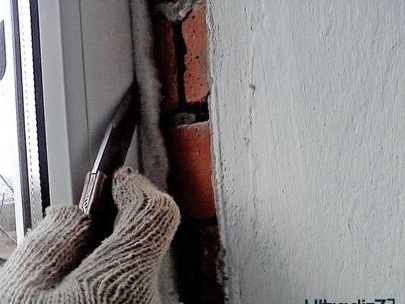
It is necessary to prepare slopes for work. To do this, cut off the excess foam and repel the exfoliated plaster. Use a spatula to remove the rough bumps of the old slope.
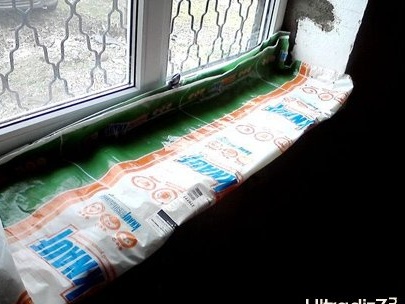
The mixture is prepared according to the recommendations indicated on the package. It should be noted that a properly prepared solution should not spread on a spatula. Such a mixture quickly hardens, so it needs to be prepared in small portions. Before applying plaster, all slopes should be moistened with water using a brush. During operation, some part of the solution will necessarily fall on the windowsill, so it must be covered in advance, and if it is still soiled, it must be washed off with water until it solidifies.
Remove all coarse deposits with a narrow spatula after the solution has completely dried.
The old whitewash on the slope should be washed off.
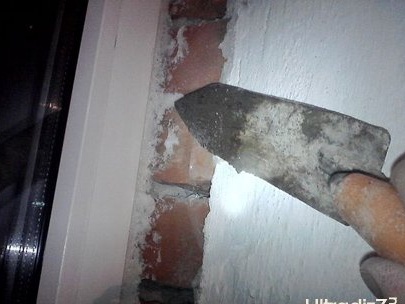
If the gypsum solution is prepared correctly, then it will lay down in an even layer. It is necessary to apply the plaster and smooth it horizontally from the window until the surface becomes smooth. Then align vertically, and then proceed to the corners.
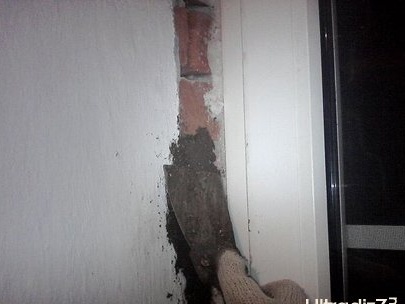
Gently and evenly apply the mixture along the entire length of the corner. After this, the solution must be allowed to dry.
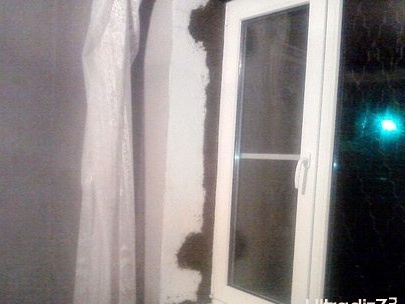
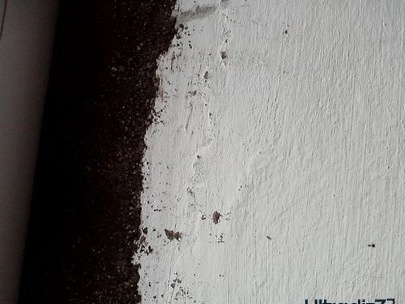
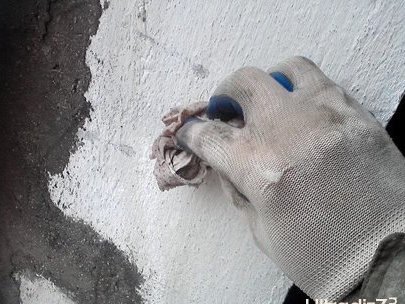
After complete drying, if there are minor flaws, they should be wiped with sandpaper.
After this, the slopes must be covered with gypsum plaster, it is important to properly prepare this solution.
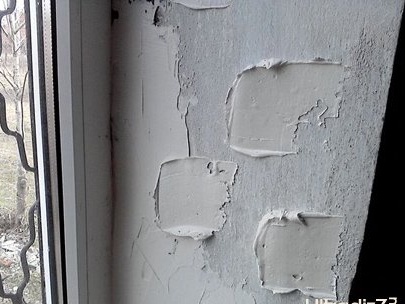
Gypsum plaster should be applied with a large, wide spatula.
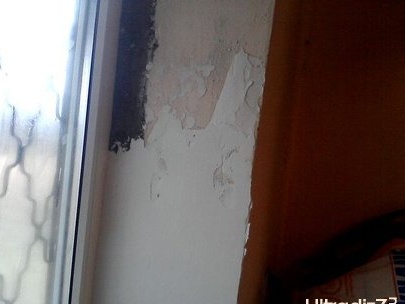
Try to keep the plaster level.
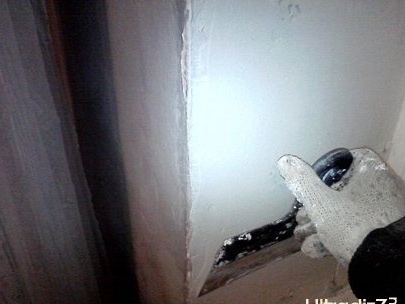
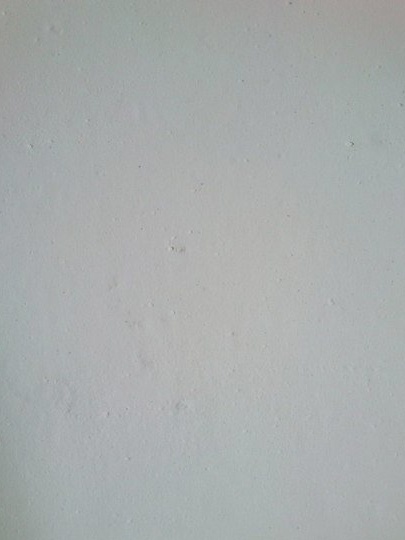
It is necessary to paint the slopes with water-based paint, and it is best to use not a brush, but a roller.
That's all. Our slopes are ready.
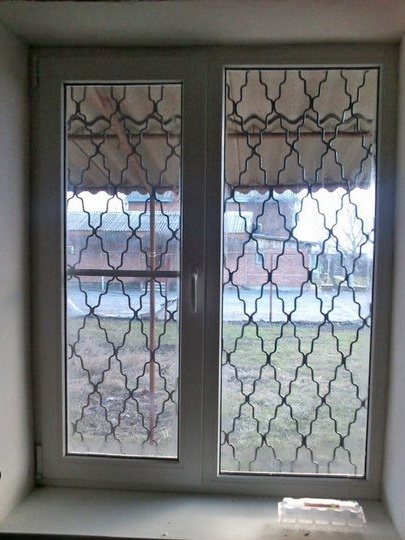
Even an inexperienced plasterer will easily make such slopes.
